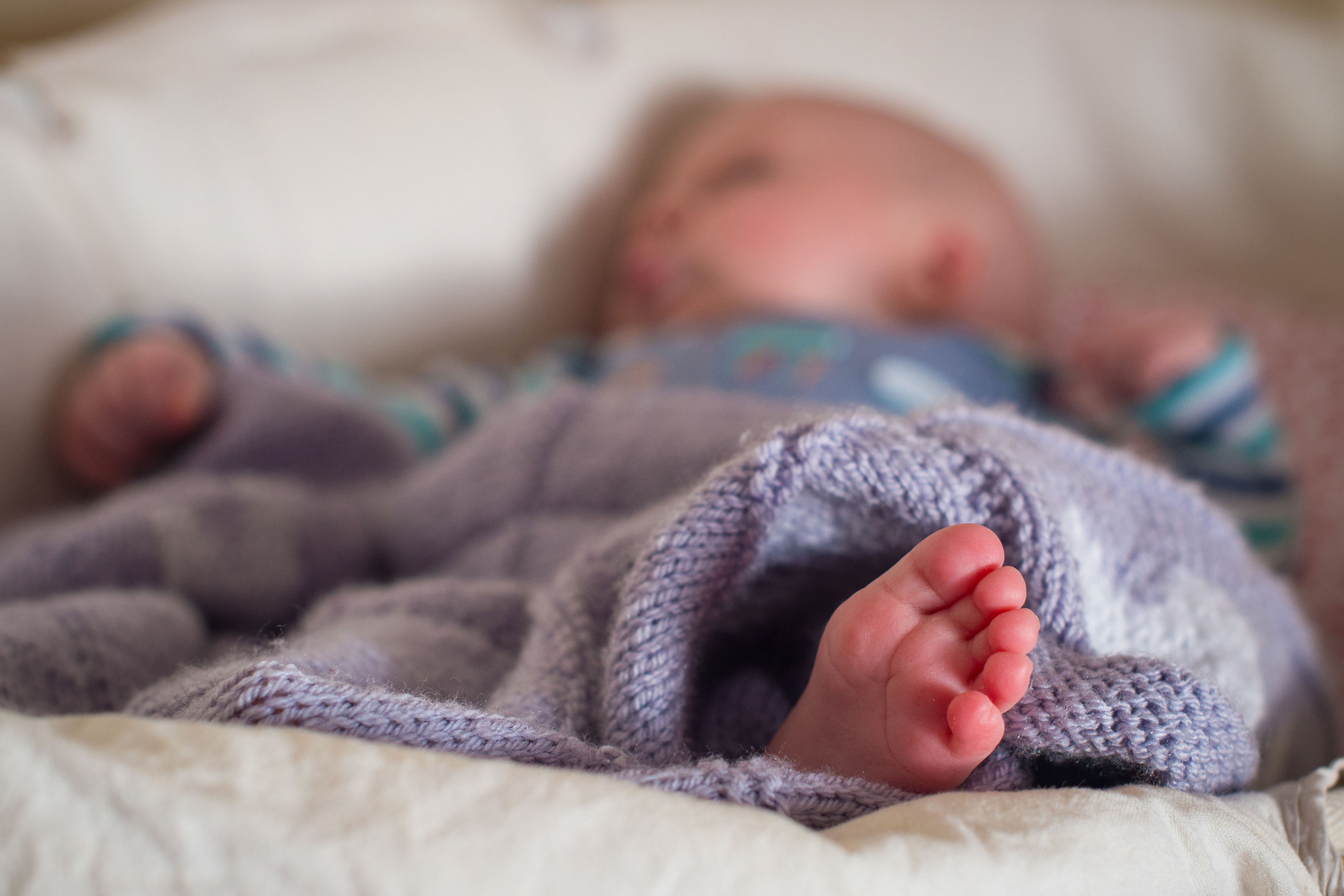
GETTING babies to sleep well at night may halve their risk of obesity as toddlers, research suggests.
Encouraging babies to self-settle when they are tired could prove the key to keeping them slim in their pre-school years, according to a new study.
The research, presented at the European Congress on Obesity in Porto, Portugal, followed 802 families for a period of five years.
At the start of the study, they were randomly split into four groups, with the first receiving usual advice on the care of a baby.
The second group was given advice on food, activity and breastfeeding (FAB), including eight specific visits from a health professional focused on areas such as healthy weaning, feeding according to the child’s appetite, access to a breastfeeding consultant and undertaking activities as a family.
The third group was the sleep intervention group. Parents received advice even before their baby was born on what constitutes good sleep.
When their babies were aged three weeks, parents also received a visit from a health professional who gave key advice on preventing sleep problems.
This included working out when a baby was tired, putting the baby down in a quiet, dark room while they were still drowsy and awake, no bed-sharing and not doing things such as feeding to sleep or patting to sleep.
After six months, parents in this group were asked if they needed extra support to help their baby sleep well. A quarter requested extra help.
These parents were advised to put their tired baby down in a slightly dark, quiet room which also had an extra bed for an adult.
The parent was then told to noisily go to bed to reassure the baby that they were in the same room, and pretend to go to sleep, but to try not to react to any crying.
The fourth group in the study had a combination of FAB and sleep intervention.
The results showed that aged two, 4.5% of children were obese in the sleep intervention group – half the proportion in the control and FAB groups.
These lower obesity rates were also similar at age three-and-a-half but had faded away by five years of age.
Professor Barry Taylor, dean of the Dunedin School of Medicine at the University of Otago in New Zealand, who led the study, said the effect on obesity of sleep intervention in the first year of life remained strong for at least the first three-and-a-half years.
“A lot of research has shown that a short sleep duration in children is associated with becoming obese, but ours is probably the biggest trial to date showing an effect of a sleep intervention affecting how big children grow,” he said.
“We know that when children, and even adults, are tired, it causes you to eat differently.
“You look for different types of food, it affects your appetite, and you go much more for high carbohydrate foods.
“There is also an effect on your hormones from being sleep deprived.
“Some studies have also shown it changes how much food you eat and there is also an effect on how you feel.
“It may be that some of the solutions to the obesity epidemic are actually some of the most obvious things like getting more sleep.”
The research also showed that, compared to the control group, FAB (the sort of conventional advice given by health professionals) made no difference to obesity levels at aged two or three-and-a-half years.
By age five, these children were more overweight than those who did not get the FAB intervention.

Enjoy the convenience of having The Sunday Post delivered as a digital ePaper straight to your smartphone, tablet or computer.
Subscribe for only £5.49 a month and enjoy all the benefits of the printed paper as a digital replica.
Subscribe